The Spiritual Heart of Laos: Discovering Luang Prabang’s Temples
In the heart of northern Laos, Luang Prabang is renowned for its serene ambiance, stunning natural beauty, and rich cultural heritage. Revered as the spiritual heart of Laos, this UNESCO World Heritage Site is home to some of the country’s most significant temples and religious sites. These sacred spaces offer a glimpse into the profound spirituality that permeates Lao culture and daily life.

Historical Background
Luang Prabang's spiritual significance is deeply intertwined with its history. Once the royal capital of the Kingdom of Laos, this city has long been a center for Buddhist learning and practice. Its temples, many of which date back centuries, reflect a blend of traditional Lao and French colonial architecture, symbolizing the city’s unique historical tapestry.
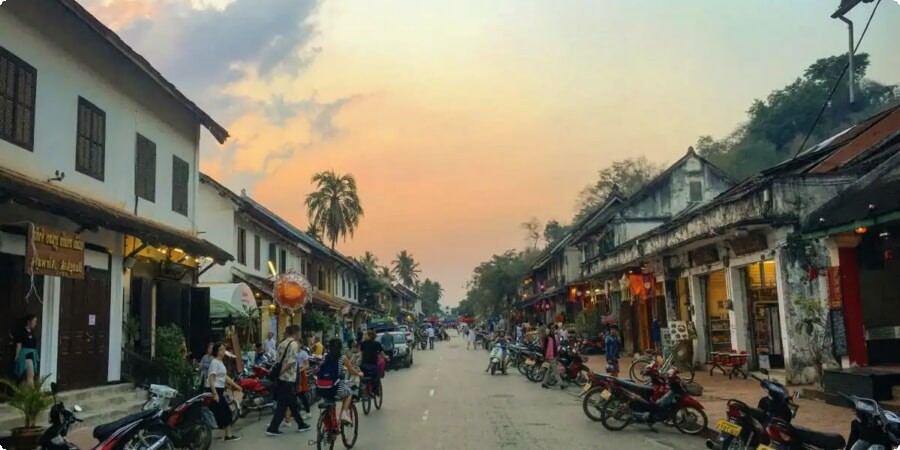
The introduction of Theravada Buddhism in the 14th century had a transformative impact on Luang Prabang, fostering a spiritual landscape that continues to thrive today. The city’s numerous temples, or "wats," serve not only as places of worship but also as community centers, schools, and cultural landmarks.
Wat Xieng Thong
The Jewel of Luang Prabang
Wat Xieng Thong, often referred to as the "Temple of the Golden City," is one of Luang Prabang’s most significant and beautiful temples. Built in 1560 by King Setthathirath, it stands at the confluence of the Mekong and Nam Khan rivers.

The temple is renowned for its stunning architecture, featuring intricately carved and gilded wooden structures, a sweeping multi-tiered roof, and an exquisite tree of life mosaic. Wat Xieng Thong served as a royal temple and played a key role in royal ceremonies, making it a vital part of Laos' spiritual heritage.
Wat Mai Suwannaphumaham
The Golden Monastery
Wat Mai Suwannaphumaham, commonly known as Wat Mai, is another prominent temple in Luang Prabang. Constructed in the late 18th century, it stands out with its five-tiered roof and elaborate gold bas-relief panels depicting scenes from the Ramayana and daily life in Laos.
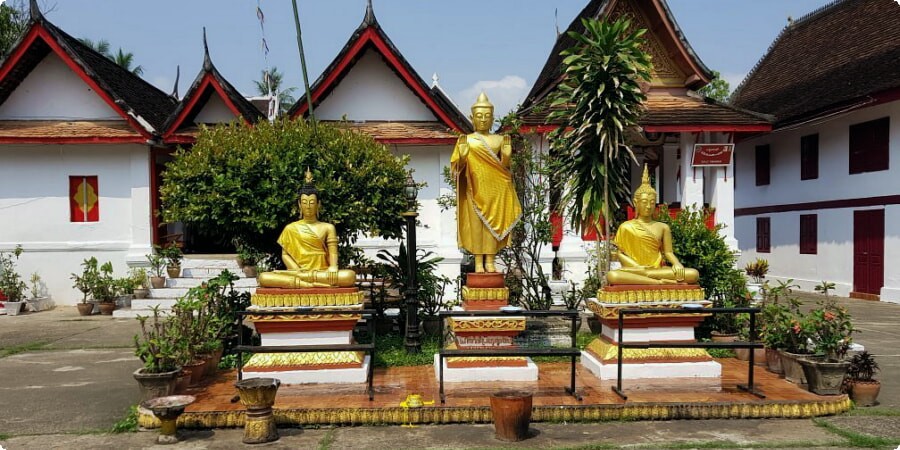
Wat Mai is particularly significant during the Lao New Year (Pimai Lao) festival, when the revered Phra Bang Buddha statue is brought from the Royal Palace Museum for ceremonial cleansing. This temple, located near the Royal Palace, highlights the close ties between the monarchy and Buddhism in Laos.
Wat Visoun (Wat Wisunarat)
The Oldest Temple in Luang Prabang
Wat Visoun, also known as Wat Wisunarat, is the oldest operating temple in Luang Prabang, originally built in 1512 during the reign of King Wisunarat. This temple is notable for its unique architectural style, blending Lao and Khmer influences.
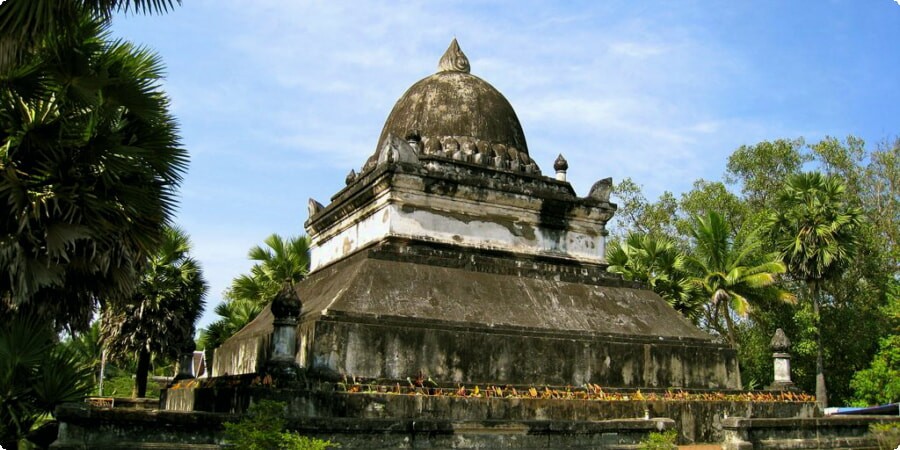
One of the most striking features of Wat Visoun is its stupa, known as That Makmo or the Watermelon Stupa, named for its round shape. The temple houses several important Buddha images and serves as a testament to the enduring spiritual legacy of Luang Prabang.
Wat Phou Si
The Sacred Mountain Temple
Perched atop Phou Si Hill, Wat Phou Si offers breathtaking panoramic views of Luang Prabang and the surrounding countryside. The climb to the temple, involving several hundred steps, is rewarded with stunning vistas and a sense of tranquility.
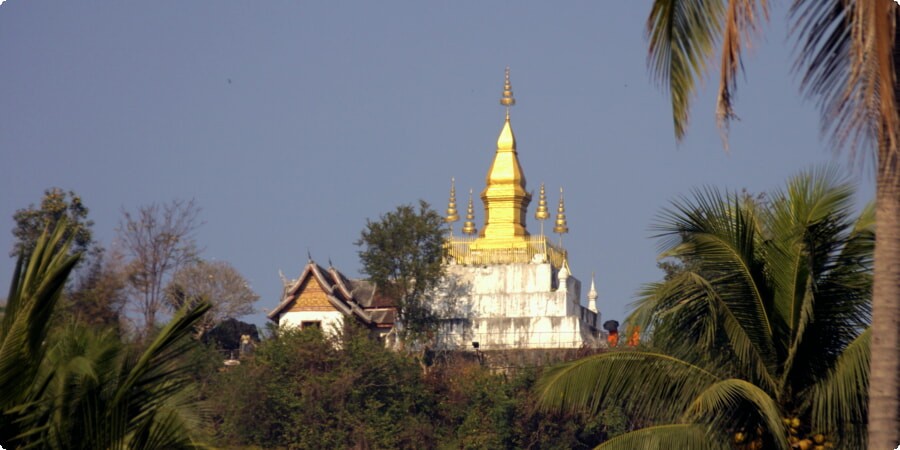
This sacred site includes multiple shrines and a large golden stupa. Wat Phou Si is a popular spot for watching the sunset and provides a peaceful retreat for meditation and reflection. The temple's location and serene atmosphere make it a must-visit for those exploring Luang Prabang’s spiritual heritage.
Wat Aham
The Temple of the Opened Heart
Wat Aham, known as the "Temple of the Opened Heart," holds a special place in Luang Prabang's spiritual landscape. Built in the early 19th century, it sits on the site of a much older temple and is dedicated to the spirits of the ancestors.

The temple’s simplicity contrasts with the more ornate structures in the city, offering a serene environment for contemplation. Wat Aham is also significant for its blend of Buddhist and animist traditions, reflecting the syncretic nature of Lao spirituality.
Wat Sensoukaram
The Temple of 100,000 Treasures
Wat Sensoukaram, or Wat Sene, is distinguished by its vibrant red and gold facade. Built in 1718, the temple is named to commemorate a donation of 100,000 kip for its construction. The striking architecture and intricate decorations make Wat Sene a visual delight.
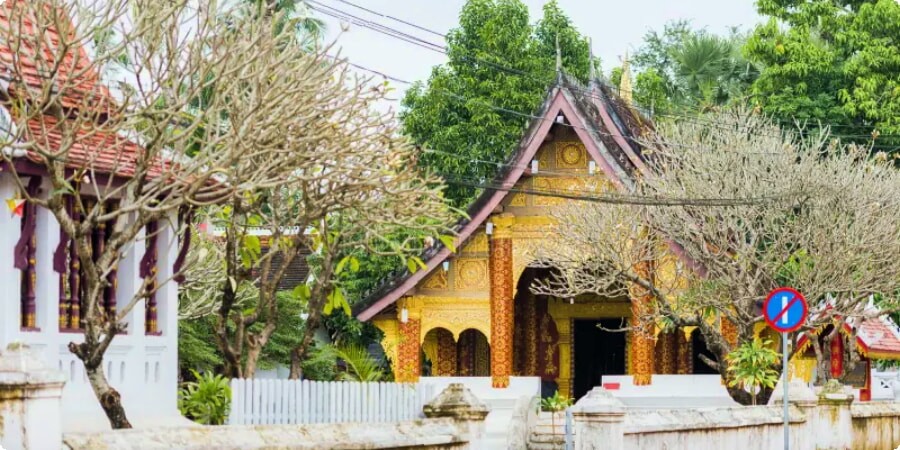
The temple is an active center of worship and community activities. Visitors can often see monks engaged in their daily rituals, providing an authentic glimpse into the spiritual life of Luang Prabang. For those looking to delve deeper into the local culture, joining sightseeing tours with local guides can enhance the experience.
Daily Alms Giving Ceremony
The Tak Bat Tradition
One of the most iconic and spiritual experiences in Luang Prabang is the daily alms giving ceremony, known as Tak Bat. At dawn, hundreds of monks walk silently through the streets to collect alms from the local residents. This ritual, which dates back centuries, is a profound expression of the Buddhist practice of generosity and community interdependence.
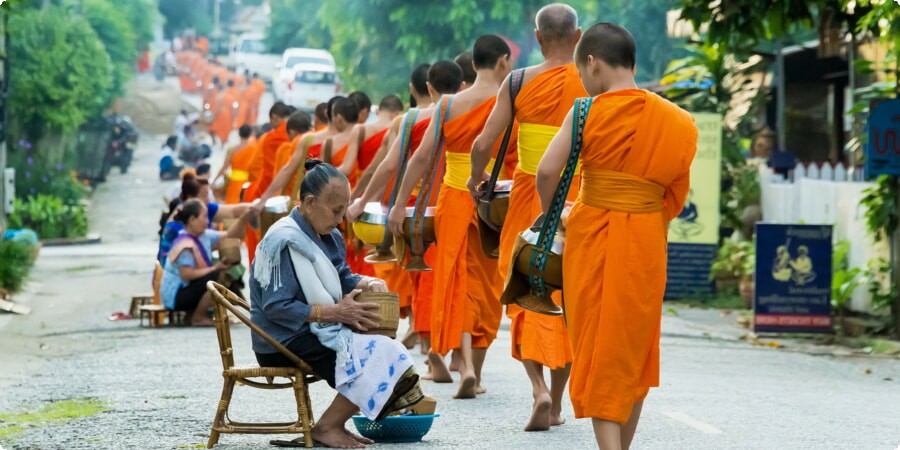
Visitors are welcome to participate or observe this ceremony, but it is important to do so respectfully. Dress modestly, keep a respectful distance, and avoid using flash photography. This serene and contemplative experience offers a unique insight into the spiritual fabric of Luang Prabang.
Preservation and Tourism
Balancing Heritage and Modernity
As Luang Prabang grows in popularity as a tourist destination, efforts to preserve its spiritual and cultural heritage are crucial. Many of the temples have undergone restoration to maintain their beauty and structural integrity. These efforts are supported by both the Lao government and international organizations.
Sustainable tourism practices are essential to protect these sacred sites. Visitors are encouraged to respect local customs, dress appropriately when visiting temples, and consider eco-friendly travel options. Exploring group or individual nature and adventure tours can also provide a deeper connection to the natural beauty surrounding Luang Prabang.
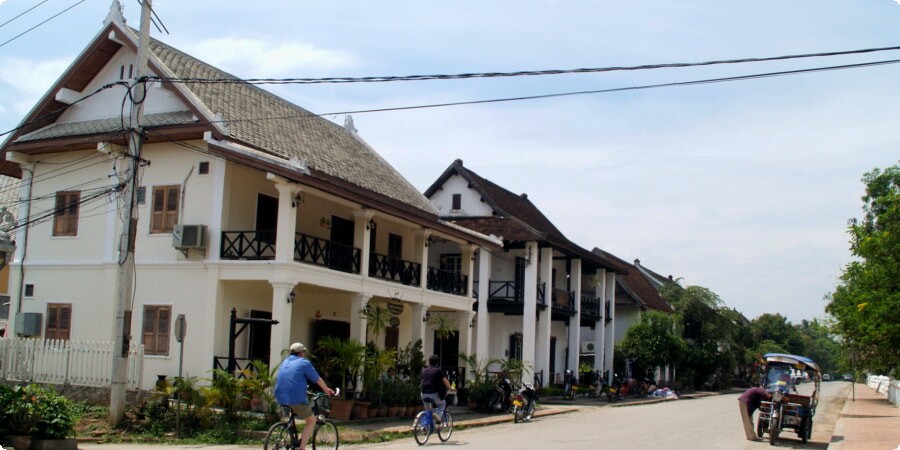
The spiritual journey through Luang Prabang's temples not only reveals the city's deep-rooted religious traditions but also offers a tranquil retreat from the hustle and bustle of modern life. Each temple, with its unique history and architectural splendor, tells a story of faith, devotion, and cultural continuity. Visitors who approach these sacred sites with respect and mindfulness will find themselves enriched by the timeless beauty and serene spirituality that define Luang Prabang.
By immersing yourself in the tranquil and spiritually rich environment of Luang Prabang, you gain not only a deeper appreciation for Lao culture but also a peaceful respite that rejuvenates the soul. Whether through exploring ancient temples, participating in the Tak Bat ceremony, or embarking on nature and adventure tours, Luang Prabang offers a unique and enriching experience for every traveler.